As new-car tariffs escalate, Canadian drivers are fueling a major shift toward the used-car market. Rising sticker prices, stretched factory timelines, and shrinking dealership incentives are pushing buyers to pre-owned vehicles in record numbers. This surge is reshaping values, financing, and dealer strategies, and even influencing which models retain their value over time. Here are 23 ways the used car market is getting a tariff-fueled boom:
Used Prices Surpassing New MSRP

In many segments, well-maintained late-model used vehicles are now selling for more than their new counterparts. Tariff-induced price hikes on new vehicles have compressed MSRP closer to the upper range of comparable used models. Dealers are capitalizing on this arbitrage by pricing lightly driven trade-ins even higher. For buyers, this means that a 2019 Civic with low mileage can cost nearly as much as a brand-new one, making used cars a less clear bargain. As a result, certified pre-owned status, extended warranties, and dealer-backed financing are in hot demand.
Trade-In Values Skyrocketing

As new-car prices soar, trade-in estimates are up across Canada, even on older, higher-mileage vehicles. Dealers are aggressively hunting inventory, offering above-average appraisals to secure used stock and compensate for new supply shortages. This is great for sellers, but buyers competing for those cars often drive prices even higher, as cash-rich buyers and fleet operators swoop in to scoop up desirable models, intensifying the competition. This has resulted in massive value swings and a market that’s increasingly driven by urgency rather than long-term ownership decisions.
Certified Pre-Owned Demand Soars

Buyers are prioritizing certified pre-owned (CPO) vehicles to mitigate tariff risks. CPOs offer manufacturer-backed warranties, inspection guarantees, and validated history, making them feel safer than both new models and uncertified used cars. As new-car delays persist, the value proposition of CPO stock is more straightforward than ever. Dealers are stocking up and promoting these programs heavily, often adding incentives like 0% financing for used units. In the process, CPOs are becoming the new gold standard, tipping what was once a niche segment to the mainstream.
Extended Warranties Becoming Standard

With new-car prices rising and repair costs inflated by tariffs, used-car buyers are increasingly purchasing extended warranties. These are not optional upsells and have become essential. Coverage for hybrid systems, infotainment replacements, and engine components now gives peace of mind, as dealers package extended coverage into financing deals, and insurers roll out used-specific plans. Customers appreciate knowing unexpected costs are capped, especially when tariffs are pushing depreciation and parts inflation in tandem.
Vehicle Certification Programs Expanded

To cope with buyer pressure, independent mechanics and dealerships are scaling up B‑level certification programs for tariff-sensitive models. Similar to CPO but more affordable, these programs inspect everything from electronics to emissions at reduced cost. Sellers can advertise ‘Tariff-Ready Certified,’ attracting buyers who are nervous about paying full MSRP for new. The growth of these inspections is leveling the playing field and helping buyers feel confident with lightly used models, even those up to eight years old.
Shift to Late-Model SUVs
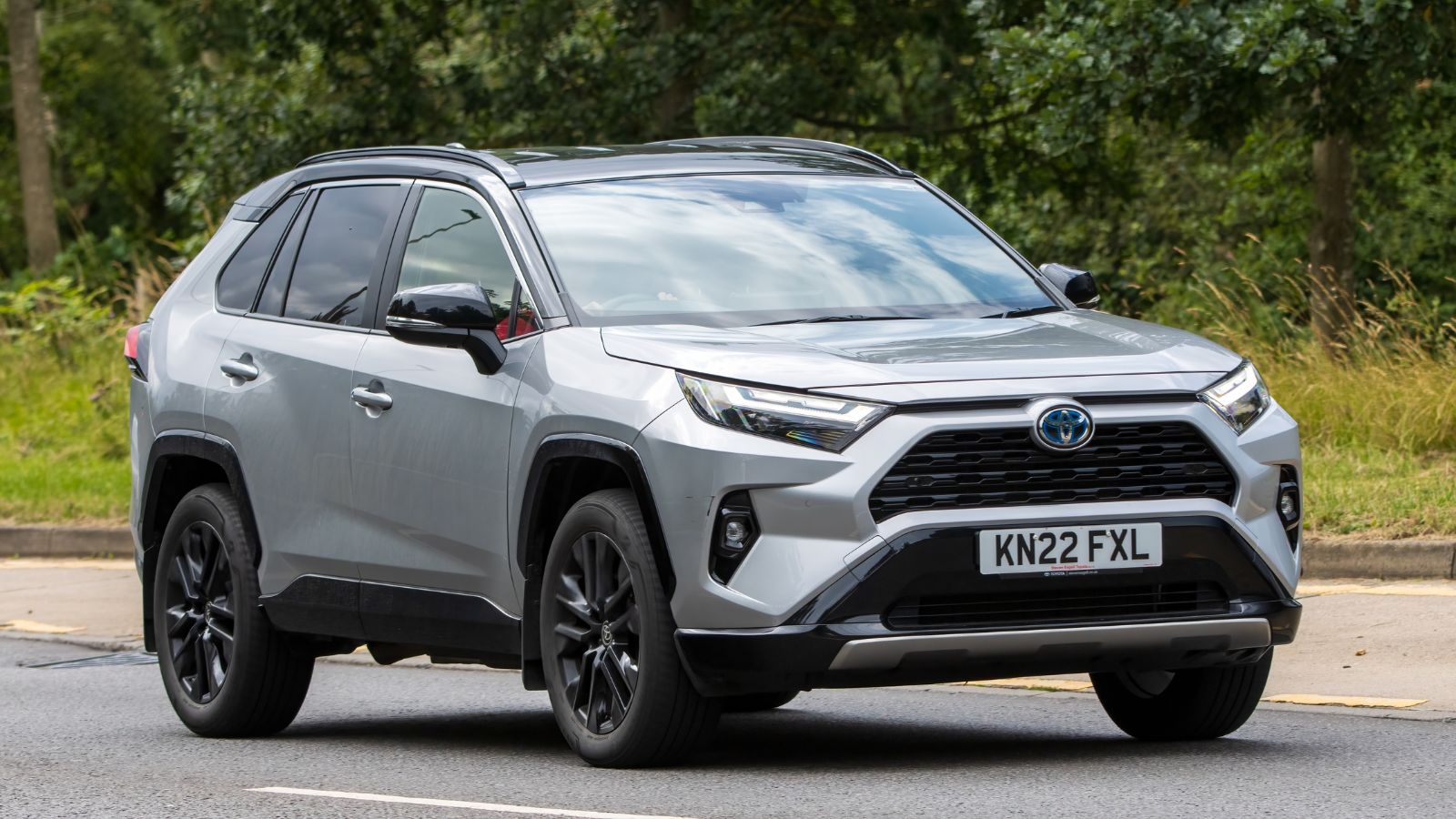
SUVs dominate the new-car market, and tariffs hit them hardest. This is pushing used-SUV prices higher as buyers downshift from new. Crossovers like the RAV4, CX-5, and Rogue are selling with two-year-old mileage for prices that rival or exceed the base trims of new models. Entry-level compact sedans have not experienced the same surge in demand, resulting in a rise in the popularity of used SUVs in smaller markets. As a result, some buyers are trading in sedans to tap the used SUV wave while avoiding new models entirely.
Fringe Brands Gain Traction
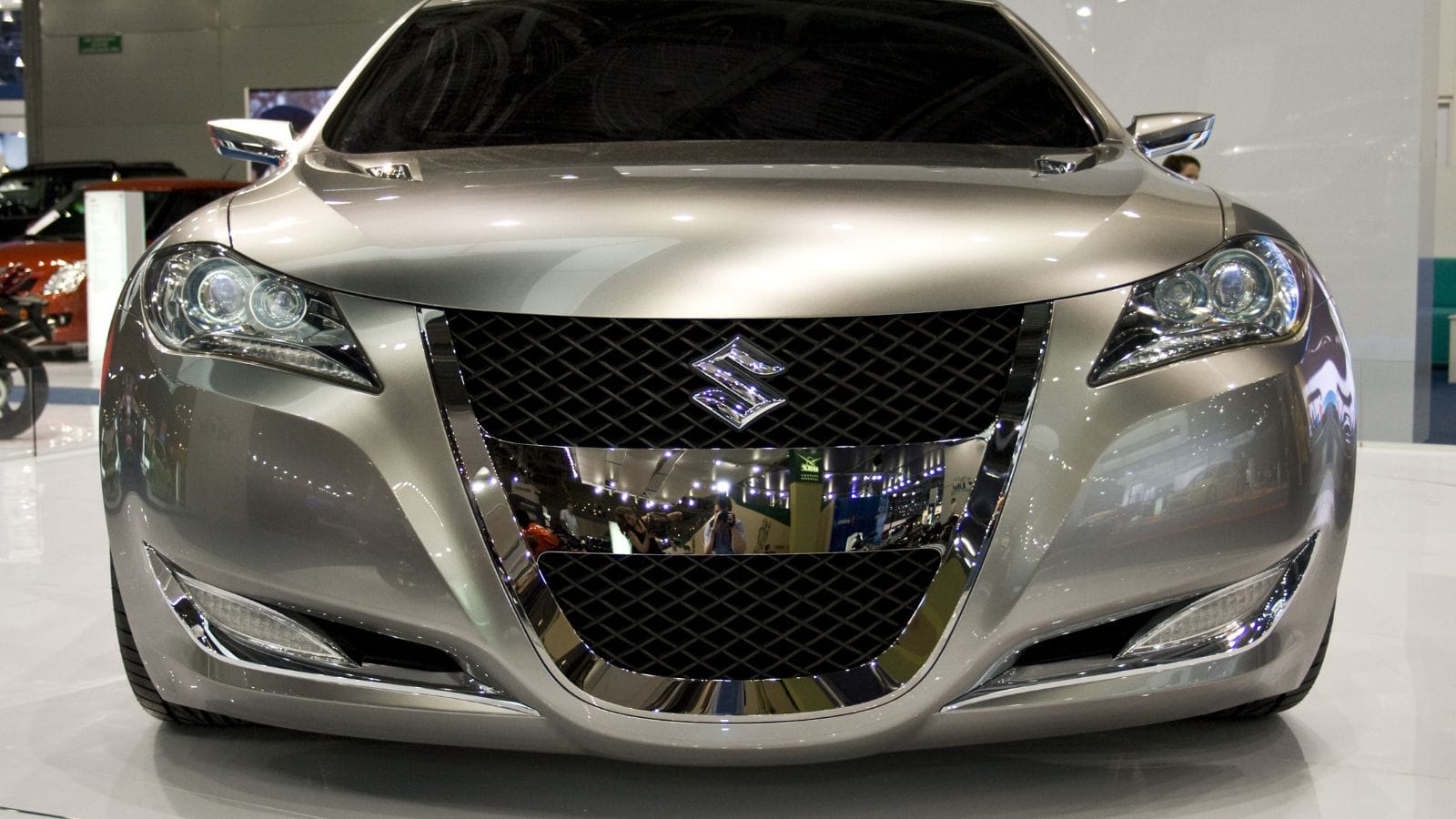
Brands like Suzuki, Fiat, and Mitsubishi, which were previously niche players, are gaining traction in the used car market. Canadian buyers are casting a wider net, prioritizing a solid engine and reliability over brand status. With pricing pressure on mainstream brands, lesser-known brands are gaining a share of the secondary market. It’s an experiment in buyer behavior where people are willing to accept smaller dealer networks if it means avoiding inflated prices tied to new and popular used models.
Private Sales Going Virtual
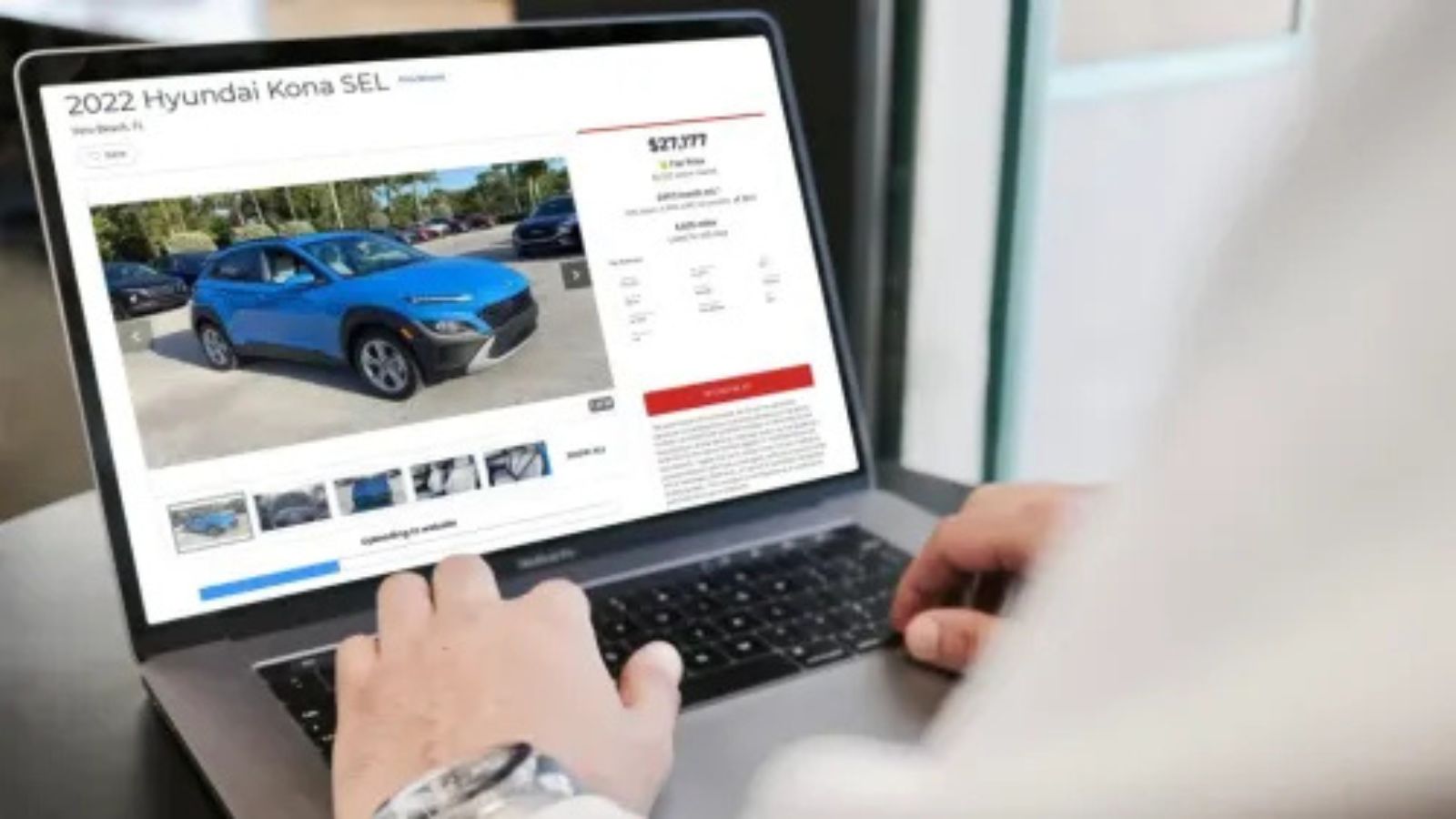
As buyers scramble, many are turning to online marketplaces and private sales, often sight unseen. Social distancing and tariff pressure have accelerated the adoption of bidding platforms, video walkthroughs, and digital title transfers. As a result, remote sales are growing, with shipping options replacing traditional showroom visits. While this broadens buyer options, it also introduces new risks around condition assessment and title accuracy, prompting a rise in remote-inspection services and escrow agents.
Rural Buyers Cashing In

Rural Canadians are benefiting from the used boom, as township dealerships and private sellers turn inventories faster and sometimes over-market. With new-truck prices hit hardest by tariffs, used pickups and AWD SUVs are moving quickly and selling for premiums. Buyers in rural areas feel pinched by higher new prices, but they are finding used alternatives to be still competitive, provided they act quickly. For rural families, the market is tight, but it offers opportunities for those willing to conduct thorough research or travel to find the right deal.
Multi-Year Loans on Used Vehicles

To manage monthly payments on inflated used car prices, lenders are extending used car loans to seven or eight years. While this keeps payments low, it increases the long-term debt risk and the likelihood of upside-down scenarios. Buyers must weigh the trade-offs of a manageable monthly cost and. equity loss. This trend mirrors the subprime behavior seen during new-car price spikes, raising questions about the overall financial health of buyers seeking affordability in a challenging tariff climate.
Inventory Shortages Disproportionately Affecting Smaller Markets
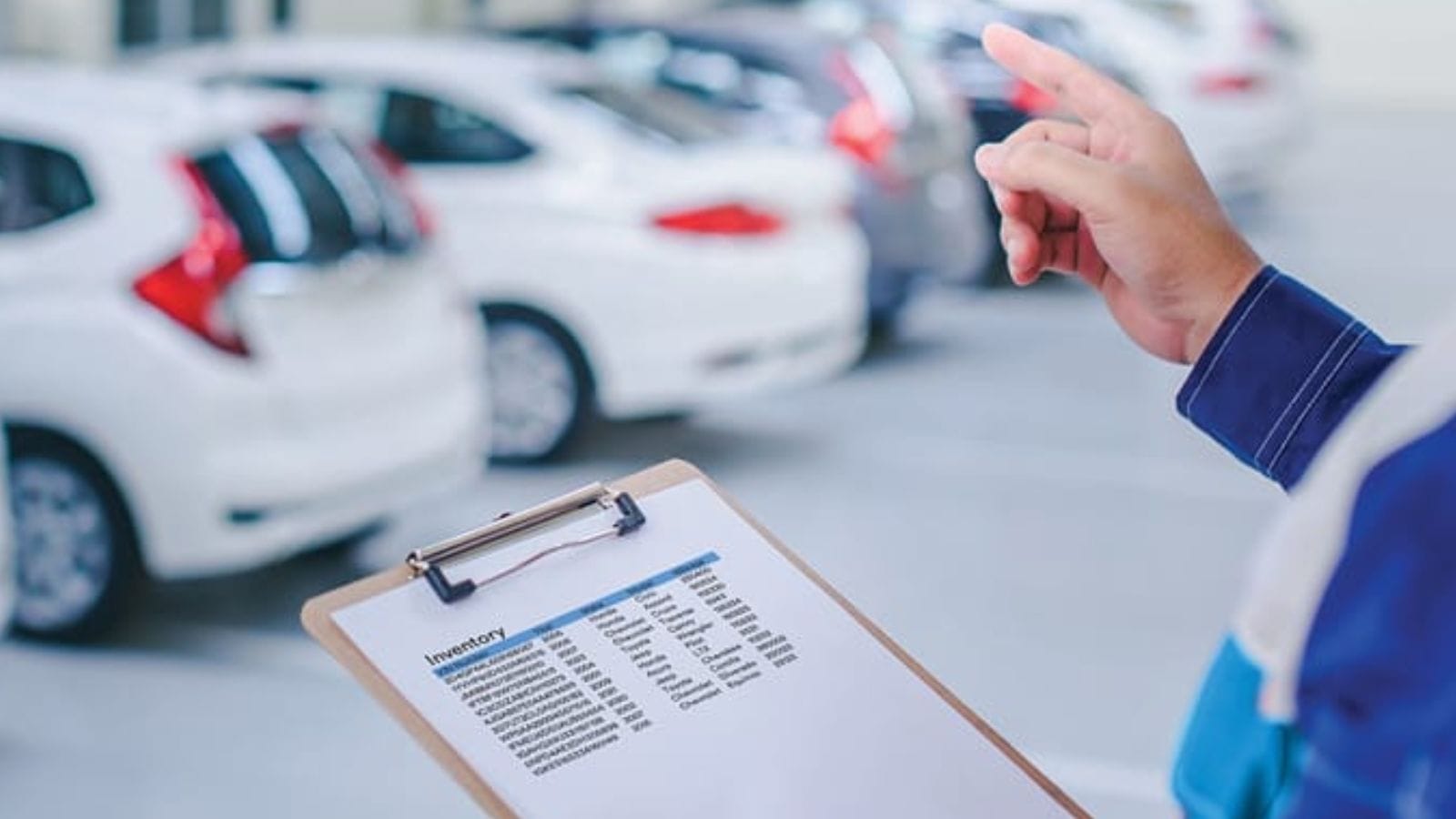
Smaller cities and dealership networks are running low on used stock, creating hot markets for even older vehicles. Listings disappear within hours of publication, and buyers are bidding sight unseen. The old lot-walking routine is replaced by early-morning text alerts and dealer back-channel intel. For buyers in smaller Canadian markets, the usual advantages of low-population competition have turned into disadvantages, forcing them to either pay more or expand their search radius.
Vintage & Classic Market Awakening

With new-car prices pushing people toward older models, the vintage and classic market is seeing renewed interest. Enthusiasts are searching for well-preserved 1980s- to 2000s-era vehicles to restore or collect, betting that their historical value will hold during periods of high inflation. Tariffs are not directly hitting this market, but the spillover from pricing pressures makes classic cars attractive, even as daily drivers. This has resulted in auction prices for clean classics rising, and restoration businesses are reporting an increase in inquiries.
Financing Criteria Relaxed

Some lenders are loosening criteria for used-car financing to accommodate buyers affected by new-car affordability issues. Programs now include lower-tier credit, exotic leases, and gap insurance combo deals. Buyers who would have shopped new are eligible for used funding, but often at higher rates. Dealers are also including warranty and service packages to sweeten the deal. This shift makes the used car market more accessible, but also heightens the risk of overextension for some buyers.
Insurance Bundling Focused on Used Cars
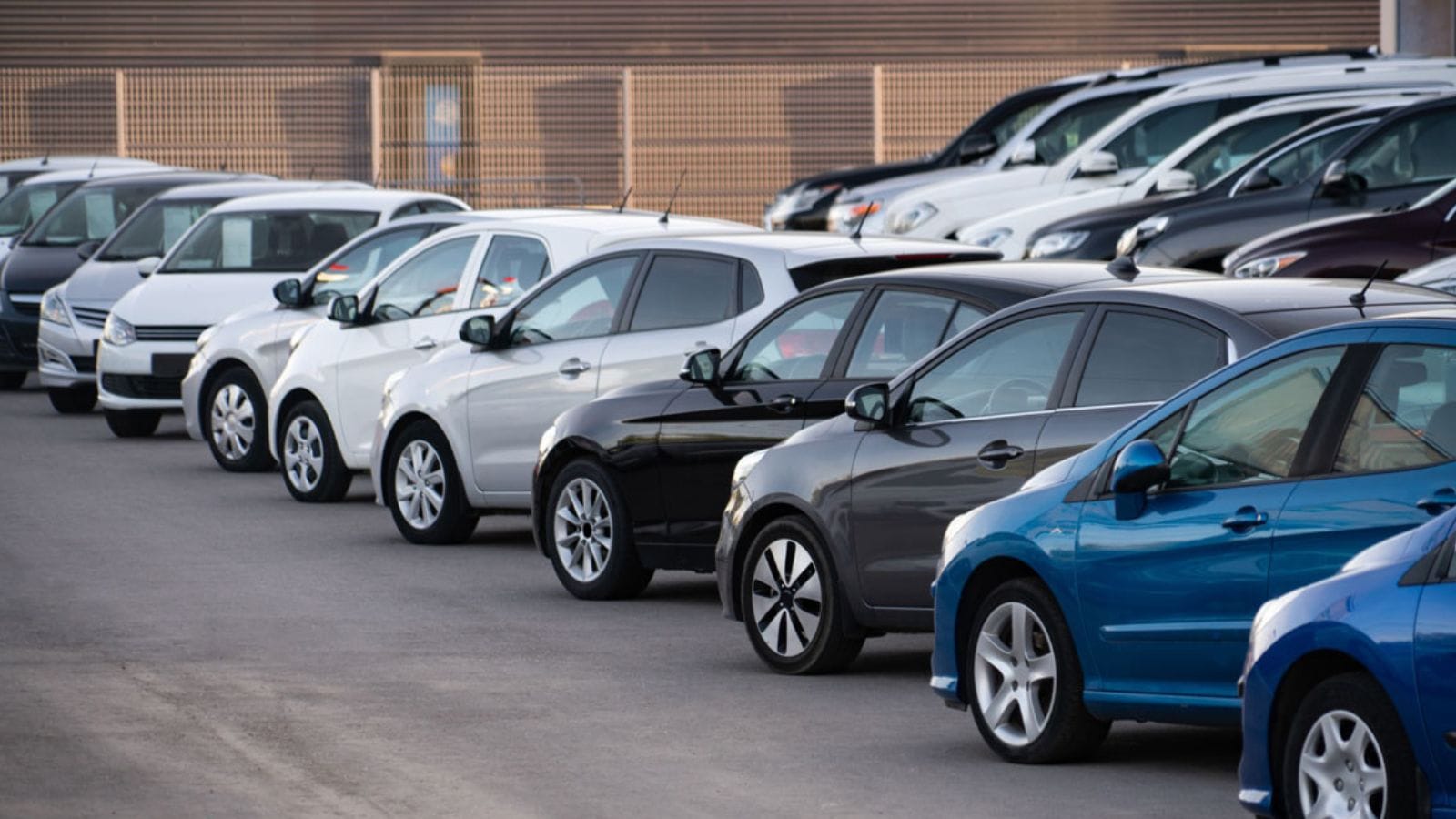
Insurance companies are reacting by bundling used-car packages that include maintenance reimbursements and limited warranties. These are marketed as complete protection bundles, given the uncertainty surrounding parts pricing due to tariffs. It’s a subtle shift where insurers want to protect value and reduce the unpredictability of claim costs, and customers respond with a desire for peace of mind. The result is bundled premiums that feel higher but deliver multi-layered value, an emerging norm in a volatile car ecosystem.
Diagnostic & Repair Shops Pivoting to Used Inventory
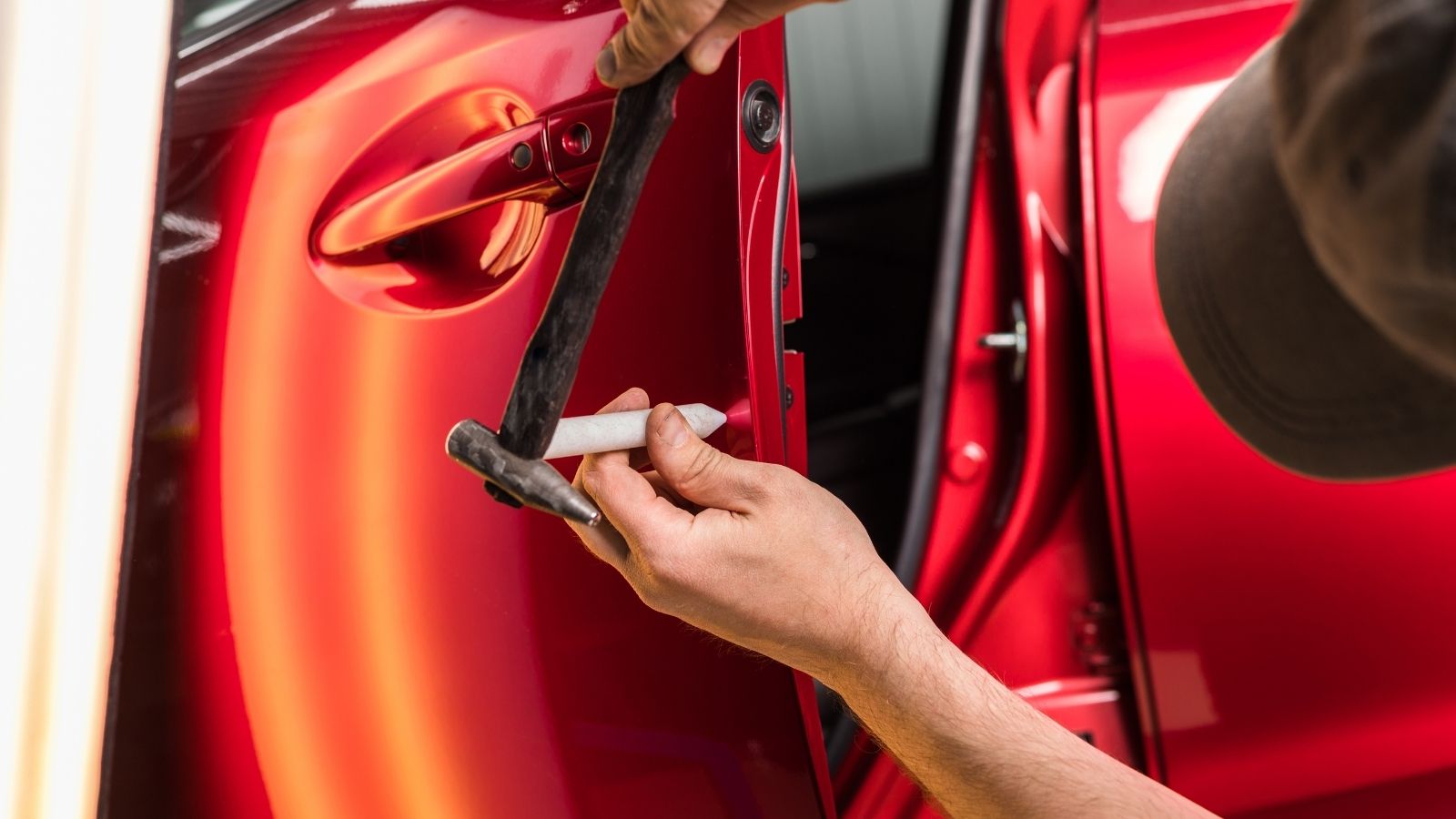
Independent repair shops are increasingly selling used inventory alongside servicing, offering mechanic-owned, certified used cars. With supply tightening, mechanics can buy, recondition, and sell vehicles they trust, customers receive transparent repairs, and shops diversify their income streams. Especially in smaller towns, these ventures are thriving, transforming the repair bay into a sales channel. For consumers, the star-certification standard feels more authentic and often more affordable than dealer alternatives.
Exotic Cargo Fees When Buying from the U.S.

Even in used imports, buyers are hit by growing cargo fees for cross-border sales. Tariff-driven shipping costs apply whether the vehicle is new or used, making private U.S. imports unexpectedly expensive. Brokers warn of hidden charges, like storage, provincially adjusted duties, and cross-border compliance inspections. Buyers reporting that a 2017 Civic ended up $4,500 more expensive once all fees were tallied, and those looking to bargain-hunt in U.S. markets must factor in every step or risk a serious budget overrun.
Rise in Domestic Car Swaps
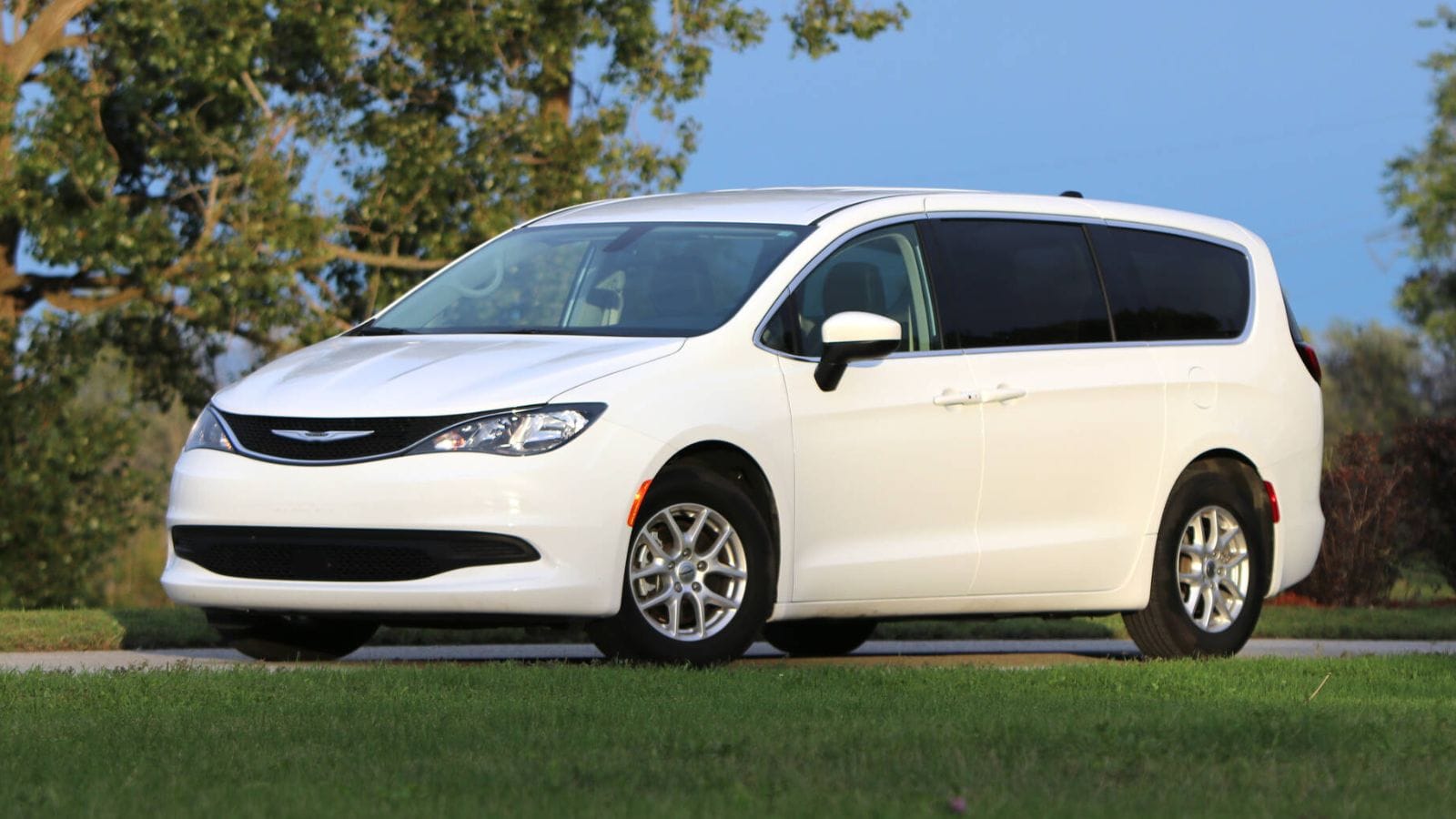
Some Canadians are opting for vehicle swaps instead of trades or cash purchases. Platforms connecting drivers for direct swaps, especially for trucks, families, or city cars, are growing. Swaps bypass tariffs, offer more flexibility, and eliminate dealership overhead, making them a creative solution where a two-way value exchange avoids inflated dealership prices and keeps owned mileage transparent. While not a mainstream trend, it is gaining traction among financially savvy drivers who are responding to the used-car boom with resourceful peer-to-peer solutions.
Extended Test Drives for Remote Buyers

To close used sales with remote buyers, many dealers now offer extended trial periods, ranging from three to seven days. Buyers can inspect and test-drive the vehicle before making a complete purchase, and if it does not meet their expectations, they can return it with minimal penalty. Given the premium pricing and cross-border concerns, confidence is crucial, and these trials provide it. Dealers aim to reduce buyer hesitation amid tight margins, while consumers gain time to assess condition and value, which is critical in a market where every thousand matters.
Subscription Services Adopting Used Stock

Auto subscription providers are leaning heavily on used-car fleets rather than new inventory. Monthly subscription programs now tout late-model used SUVs with low mileage, firmware resets, and road-ready checks. Subscribers appreciate lower fees, a lower depreciation burden, and freedom from tariffs that affect new-vehicle pricing. This marks a pivot where subscriptions are no longer tapping expensive new vehicles, but quality pre-owned ones. This model introduces flexibility, but does not entirely escape cost pressure, as it merely shifts it over time.
Dealers Using Dynamic Pricing Models

With variable demand fueled by tariffs, dealerships are adopting dynamic pricing software for used vehicles. Prices shift daily based on market data, local inventory, and competitive listings, leading to a war-room pricing approach that helps dealers optimize margins. However, this approach can also disadvantage buyers who are not staying alert. Standardization becomes elusive through this approach, but the tight market means speed and data-savvy can yield both rewards and regrets.
Community Car-Sharing to Offset Costs

Municipalities and co-ops in Canada’s smaller cities are launching shared-use vehicle fleets, funded by local councils or nonprofits. Organized as fractional ownership or rental-by-the-hour, these schemes aim to relieve tariff-induced burdens by offering public access to reliable used cars. Users on a budget or those needing temporary transportation gravitate toward this solution, which is becoming a social response to a rising used-car economy, where, when ownership costs spike, shared access becomes more attractive and community-minded.
Dealer-Led Home Delivery Services

To win buyer confidence in a hot used market, dealerships are now delivering purchased vehicles to customers’ homes, often within 24 hours, while some include a 7-day satisfaction guarantee. The goal is to reduce buyer hesitation when tariffs inflate prices, while expanding reach to smaller cities. This is shaping a new used-car experience that is seamless, transparent, and built for tight markets, where delivery costs are often factored into the margin, making fast shopping feel effortless.
Refinance Surges on Used Vehicles
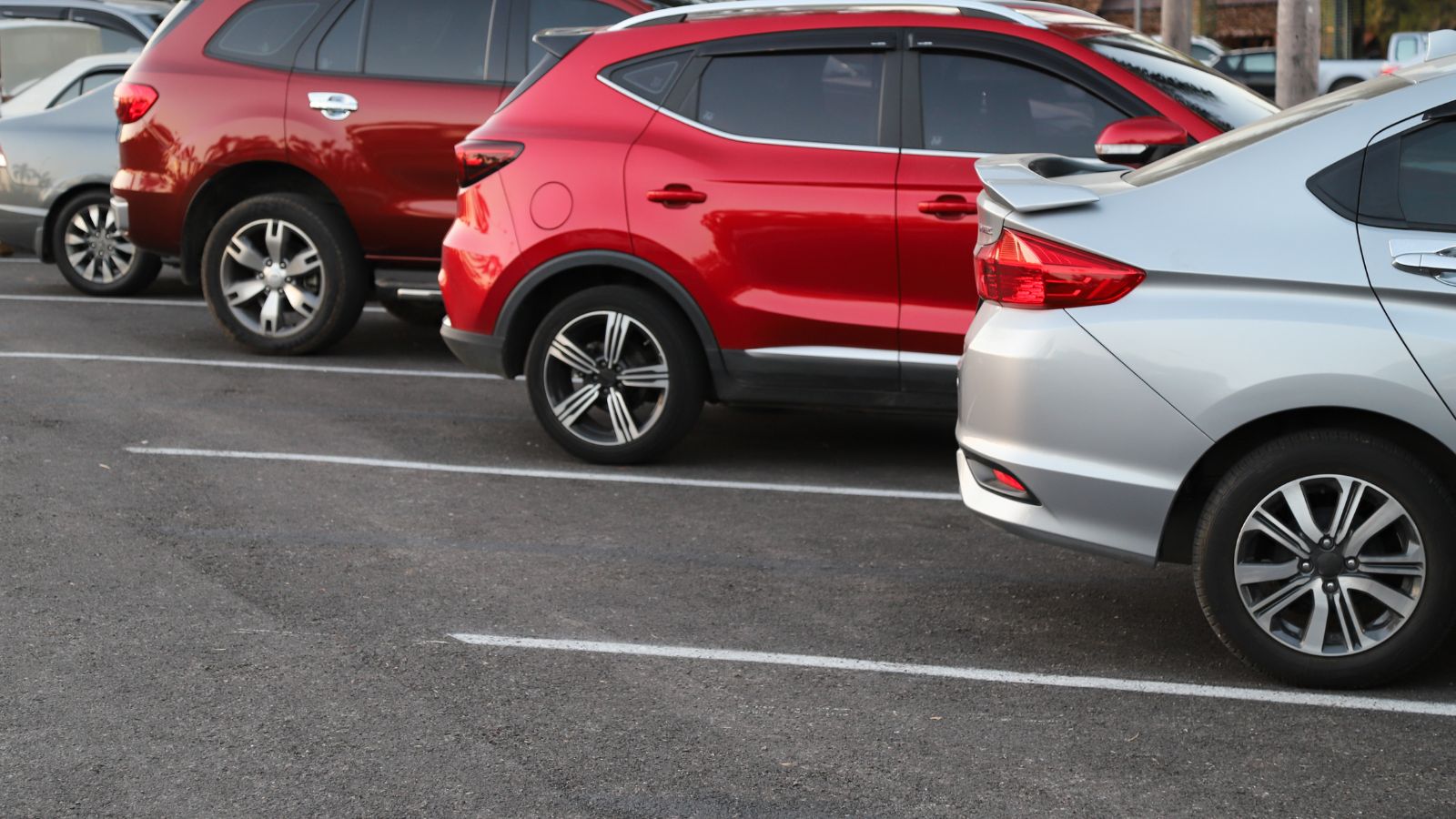
Owners who purchased a used car during the early tariff boom are refinancing as their vehicles’ values appreciate. Banks and credit unions are offering equity-out refinancing to capitalize on rising property values. Deals often fuel upgrades, debt consolidation, or other life expenses, although they carry risk. As asset values outpace loan balances, refinancing becomes a lever for liquidity, and it also deepens ties to depreciating wheels. The trend reflects a mix of desperation and opportunity, where used cars are becoming savings-drawer assets for some Canadians.
Quotes are not sourced from all markets and may be delayed up to 20 minutes. Information is provided ‘as is’ and solely for informational purposes, not for trading purposes or advice.Disclaimer
21 Products Canadians Should Stockpile Before Tariffs Hit

If trade tensions escalate between Canada and the U.S., everyday essentials can suddenly disappear or skyrocket in price. Products like pantry basics and tech must-haves that depend on are deeply tied to cross-border supply chains and are likely to face various kinds of disruptions
21 Products Canadians Should Stockpile Before Tariffs Hit
